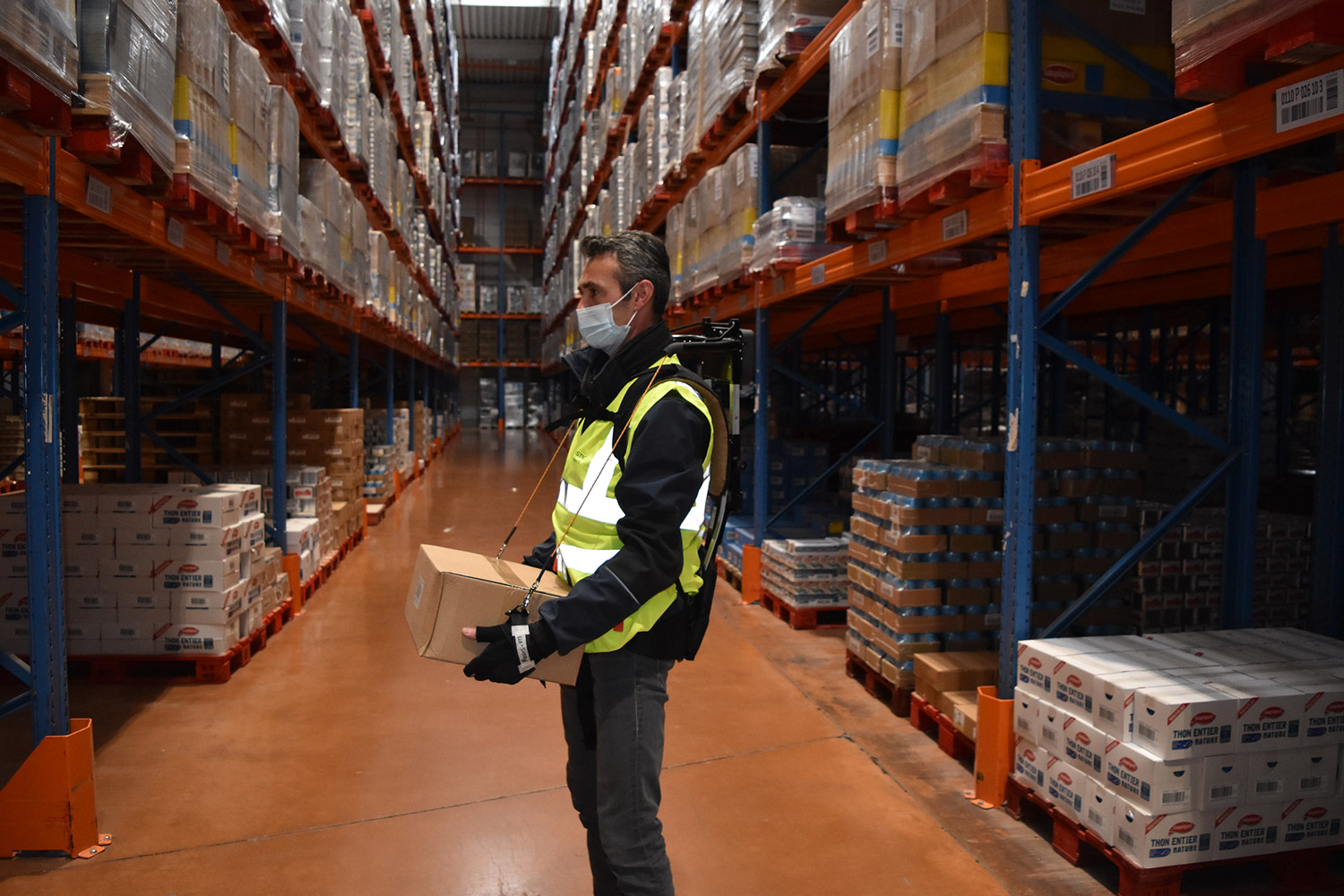Every year around the world, nearly $ 500 billion (1) is spent on trade promotion. However, we are witnessing an in-depth change: consumer behaviour keeps evolving and stores are moving towards the digital era. Millennials, ultra-connected, unpredictable or environmentally friendly, consumers are looking for meaning and requires personalised service. Today, the 3PLs providing integrated co-packing solutions can help brands in improving this consumer experience.
Trade promotion and new packaging design: are they enough to engage with Millennials?
In Europe, nearly 30% (2) of purchases in stores are made with a rebate. Contrary to popular belief, trade promotion is far away from being profitable. Smruti Kulkarni, Europe Lead in Nielsen’s Design Solutions branch, explains: “On average, 80 to 90% of the products on sale are below the psychological price. Also, brands must intensify their efforts to optimise their promotional investments and continue to meet consumer’s expectations”. Expectations and demands that have been reinforced with the rise of e-commerce. Indeed, the consumer market is experiencing a massive digital transformation.
In this field, the codes are constantly changing and the Millennials are getting their needs across: born between 1980 and 2000, they are even ready to pay more for a product if it comes from fair trade or if the packaging is environmentally friendly.
Product full traceability, from raw materials to production methods and working conditions- a Unilever study, published in 2017 shows that 33% of consumers prefer products from brands that have clear environmental and social commitments. This trend paves the way for more engaging and positive storytelling around the brand universe, including the packaging – what makes even more sense when the physical store is being digitalised (Phygital). Today, packaging comes alive on social networks and brands go beyond the seasonal trade promotion (Christmas, Easter, Valentine’s Day, Black Friday …) by staging their packaging at different moments during the year.
Engaged in a race for differentiation, brands are banking on ultra-personalisation. To do this, the design of the packaging tends to suggest exclusivity, singularity and to evoke empathy. For example, a Costa Rican kibble brand has turned its classic bag into a reusable play box. From container, the packaging becomes a toy and a shelter for the animal. If design, promotion and a personalised experience are levers of differentiation, brands are constantly reinventing themselves to offer a successful experience and, ultimately, becoming the preferred brand in its industry.
Co-packing: the marketing’s weapon to upgrade the customer experience
Phygital, the rise of e-commerce, urbanisation, eco-responsibility … the evolution of consumption patterns is at the heart of the strategies of manufacturers and retailers. In this context, co-packing has entered a new era. While outsourcing delayed differentiation has always been a way for brands to focus on their core business and meet market demands, the packaging is no longer just a cost adjustment variable. It becomes more and more strategic!
In BtoB, the models are rather mature. For example, for more than 10 years, FM Logistic has been managing a European pack centre that declines packaging by sales channel (blister packs, lots, ready to sell). If 80% (3) of European Millenials appreciate current buying experiences, 60% of them want to live something funnier, more engaging.
Packaging is a real ally for brands and the new marketing and supply chain cooperation leads to a win-win strategy. Logistics suppliers support market developments in two different ways. First, with turnkey offers combining packaging design, production and distribution. But also with innovative differentiation offers such as connected packaging and ultra-personalisation of products. It also addresses the challenge of delivering on marketing expectations while keeping costs under control. How? By developing partnerships with packaging experts, referees in new technologies and mechanisation or start-ups.
At a time when the role of packaging is changing, the 3PL is an expert in organic revolutions placing co-packing at the heart of the value chain. If the possibilities of delayed differentiation seem limitless, constructive cooperation between marketing and supply chain is necessary. Therefore, as ingenious and bold as the marketing strategies are, they will only be effective and engaging if supported by fluid, flexible and innovative logistics solutions.
(1) Source: Nielsen Study, 2015
(2) Source: Panotrade Study, LSA Connected Commerce 2017.
(3) Source: Obsoco study, 2016.



